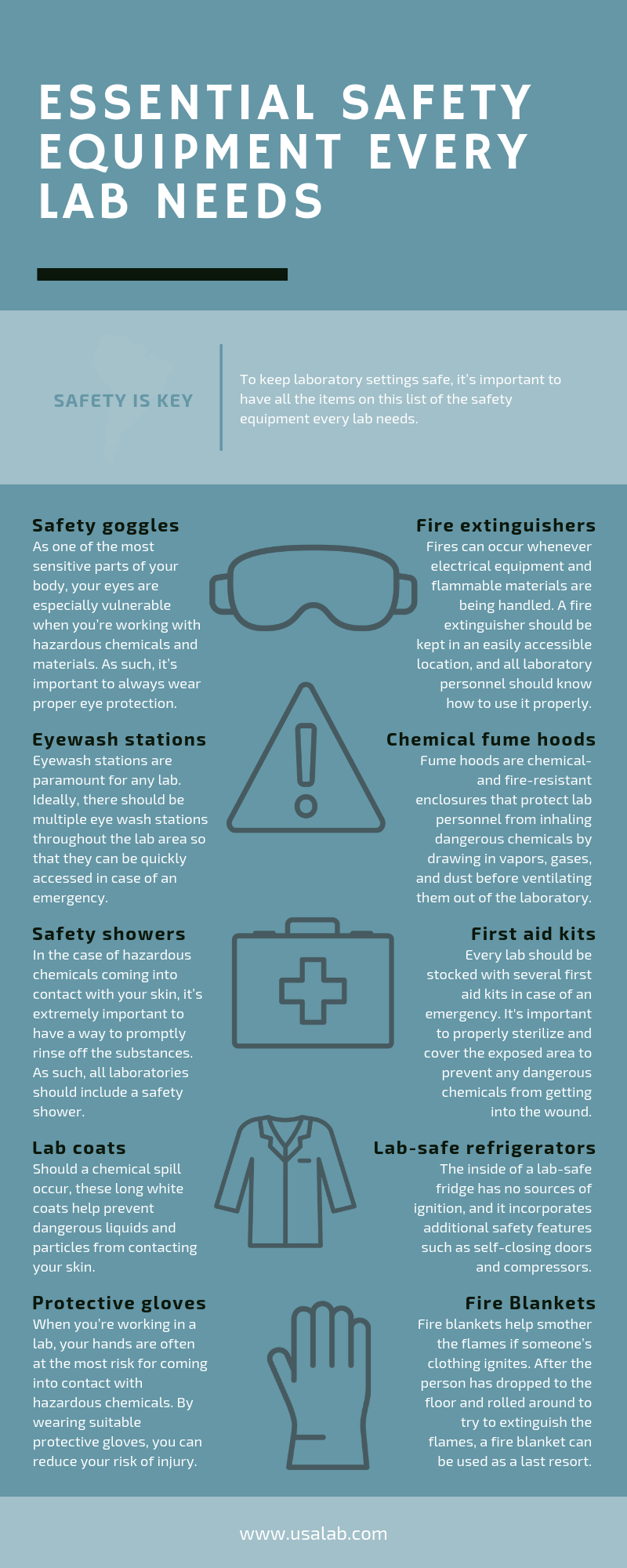Making LAB@HOME a Safe Place

This post is adapted from How to Keep Students Safe in the Lab
Lockdown takes away the fun of laboratory experiment from children. These laboratories are essential in learning about the science of the world around. Within the Scientist Next Door project we share links to the experiments that could enhance homeschooling experience. Unfortunately, no experiment is completely risk-free, whether at home or in the laboratory. There is always a chance of injury either from equipment, chemicals or other factors. We would like to share the standard measures to minimise risks in the home-laboratory.
1) safety equipment
The most essential measure to take is to protect yourself from injury. Wear safety goggles, lab coats, protective gloves and have easy access to eyewash, first aid kit, fire extinguisher and fire blanket. Make sure that all family members know where this safety equipment is, can easily access it and know how to use it. See below the poster with safety equipment:

2) emergency plan
If needed you must be able to react to an emergency! For this - make a plan for dealing with fires, chemical spills, or gas leaks. Make sure that all family members know the emergency plan and how to use the necessary equipment. Before starting any experiment, make sure that you are aware of any risk and have adopted the necessary plan.
3) list of safety rules
Create a list of safety rules, those should include:
- make sure you have enough space for your experiment
- check the area surrounding experiment for any hazards
- always wear necessary protective gear
- do not run
- do not leave experiments unattended
- always have an adult supervising an experiment
Also, see rules for the lab facilities here - can you implement these?
4) plan the experiment
While it is so exciting to start the experiment, first take a moment to carefully read the experiment making sure you understand all the steps, you know how to use the equipment. Prepare the setup and provide a demonstration to children of any tool they may not know how to use.
5) Enjoy your Experiment!
If you would like to read more on Safety - here is amazing blog by National Science Teaching Association: http://blog.nsta.org/category/safety/
Here are Milli's Safety Tips, you can print it for home - millis-safety-tips.pdf